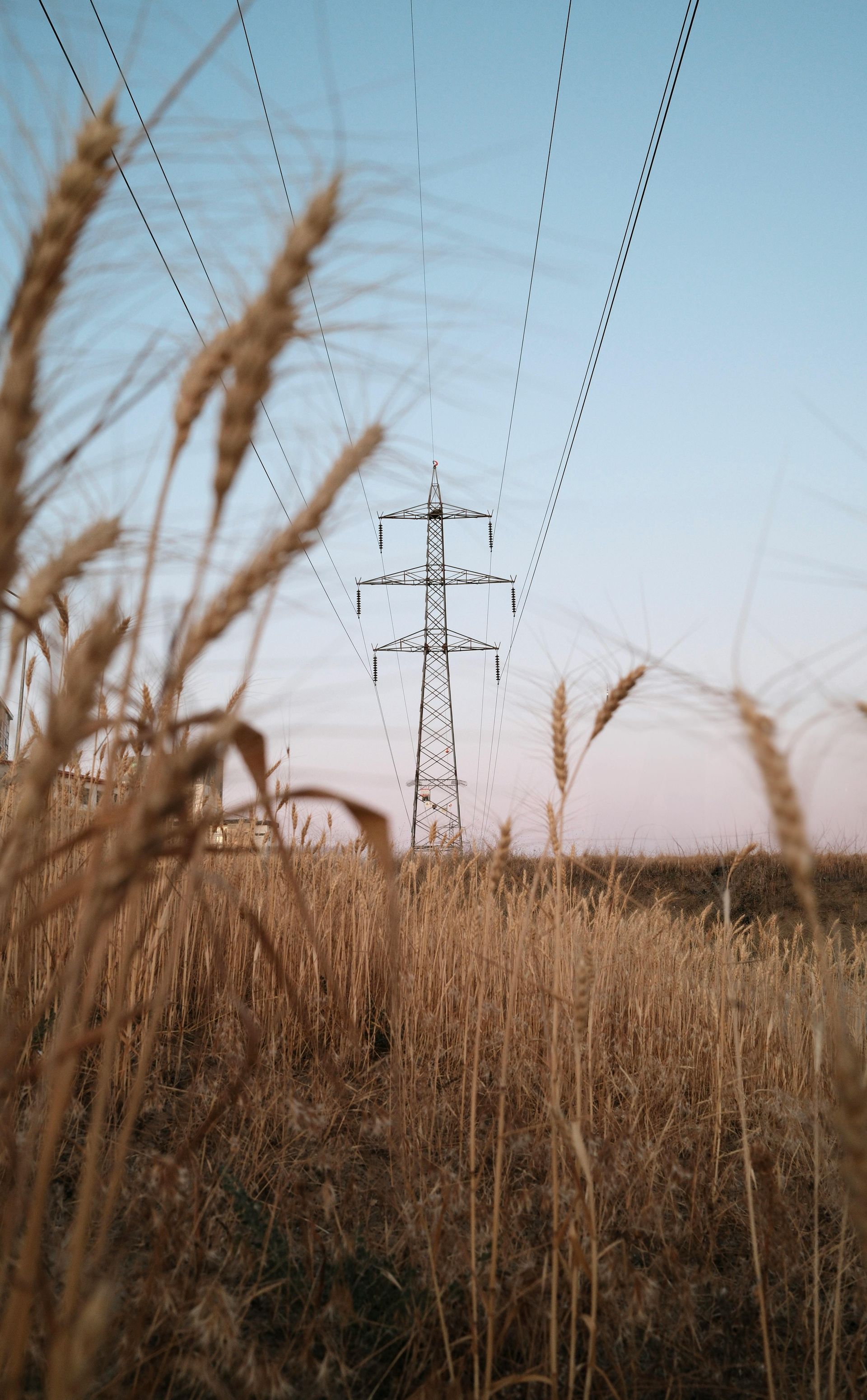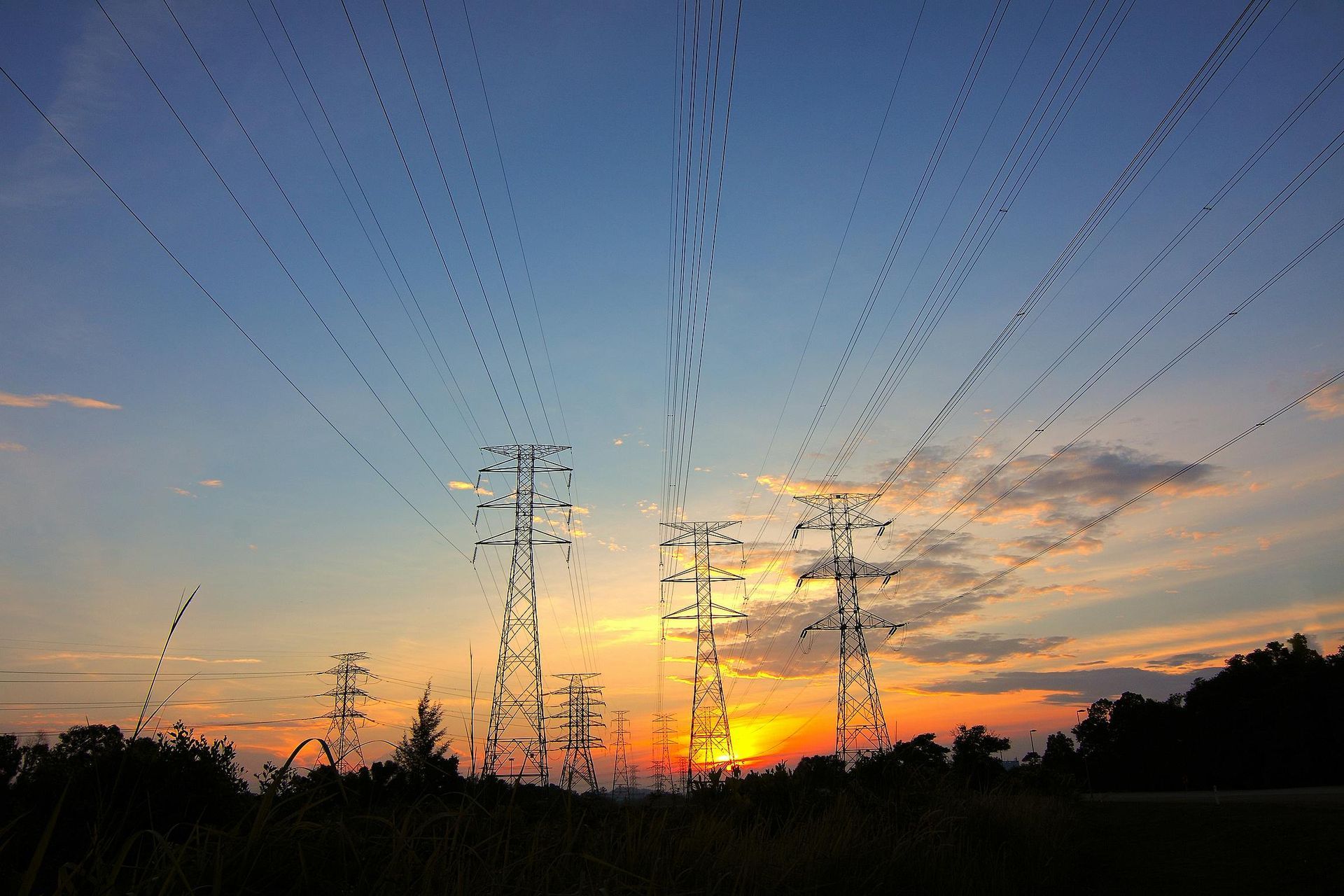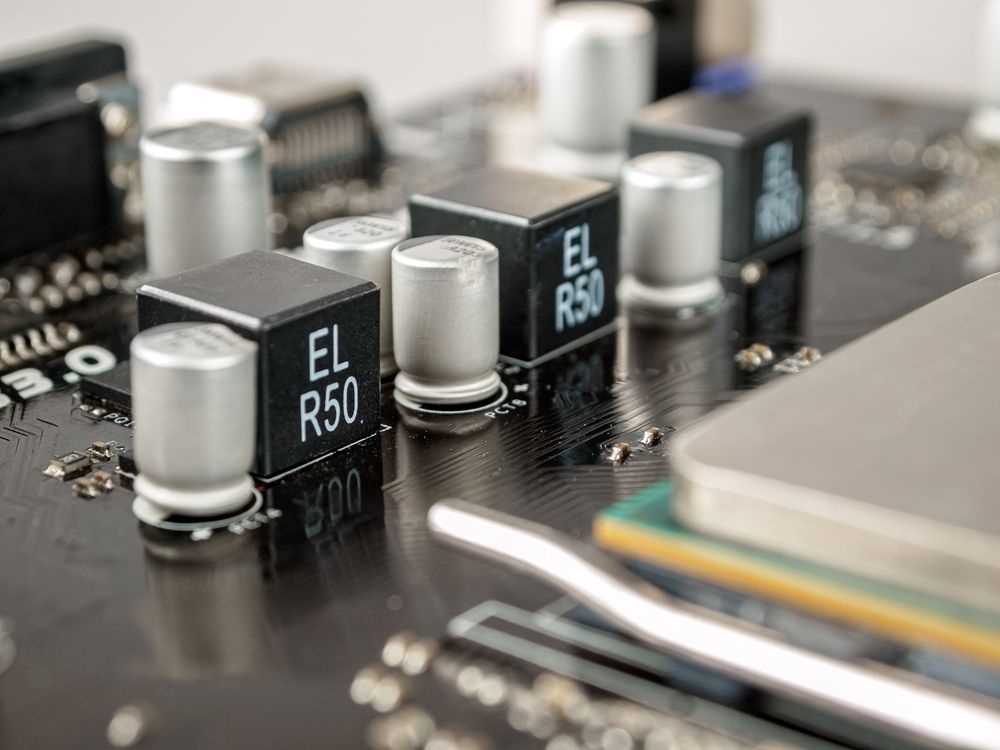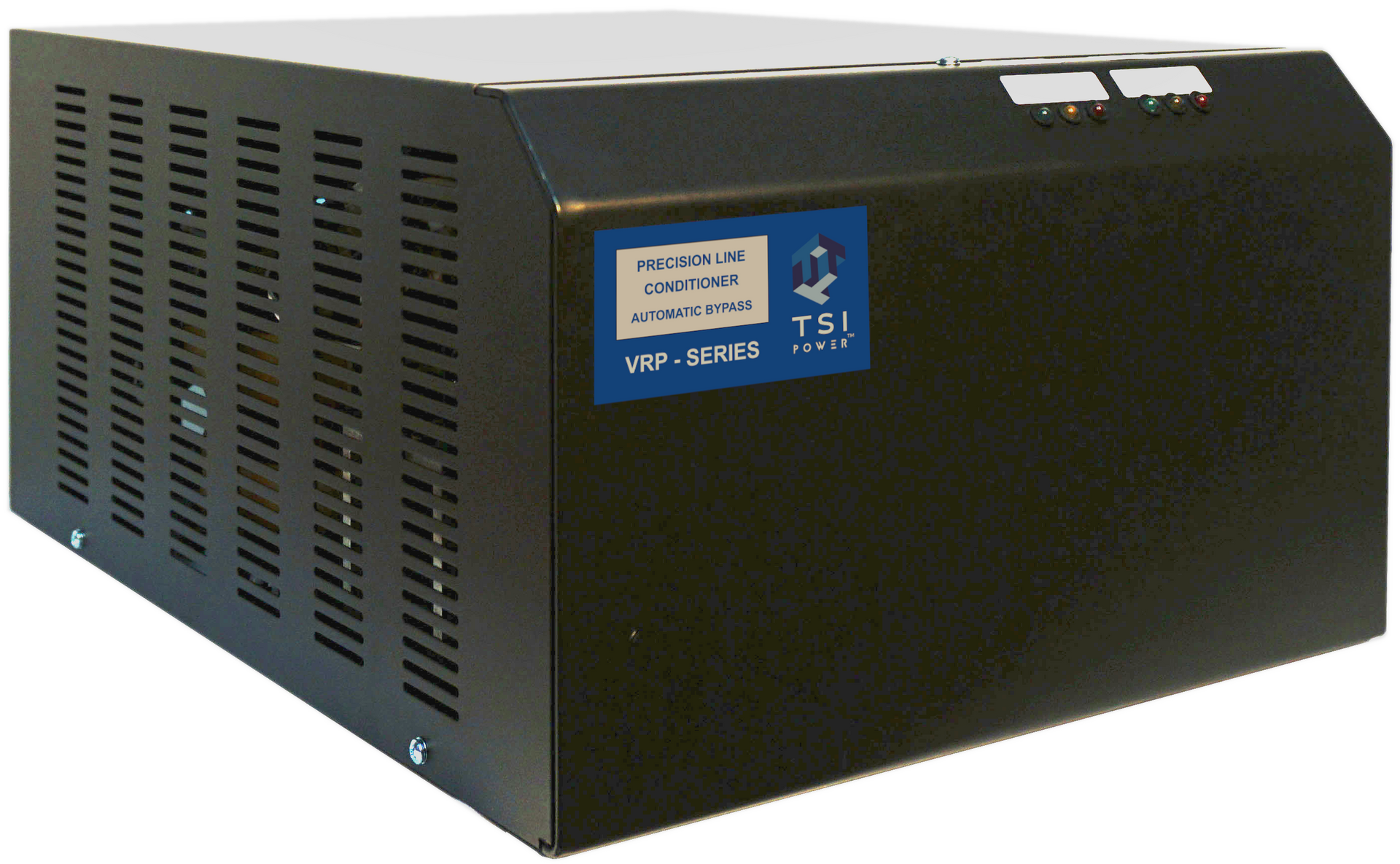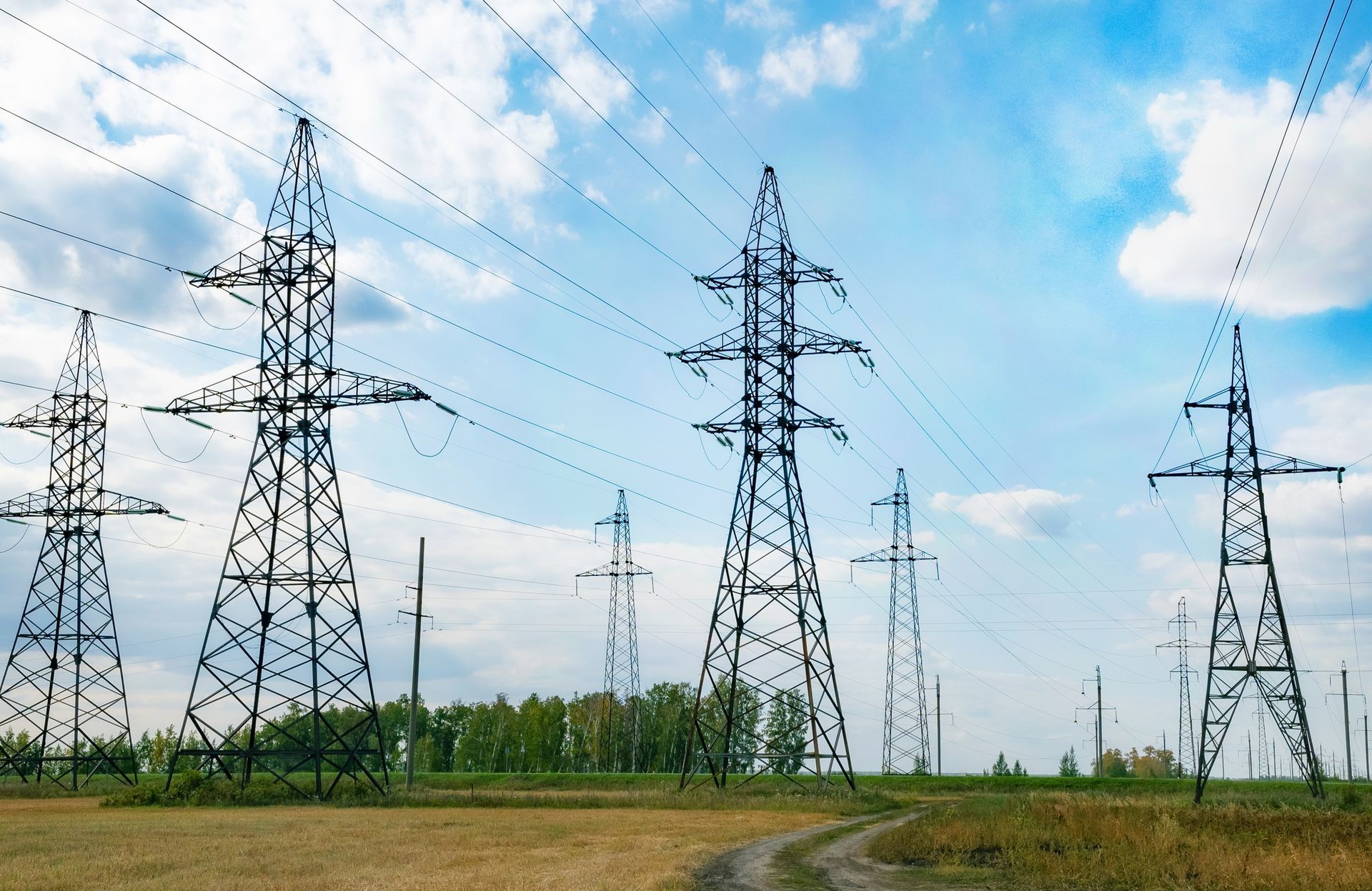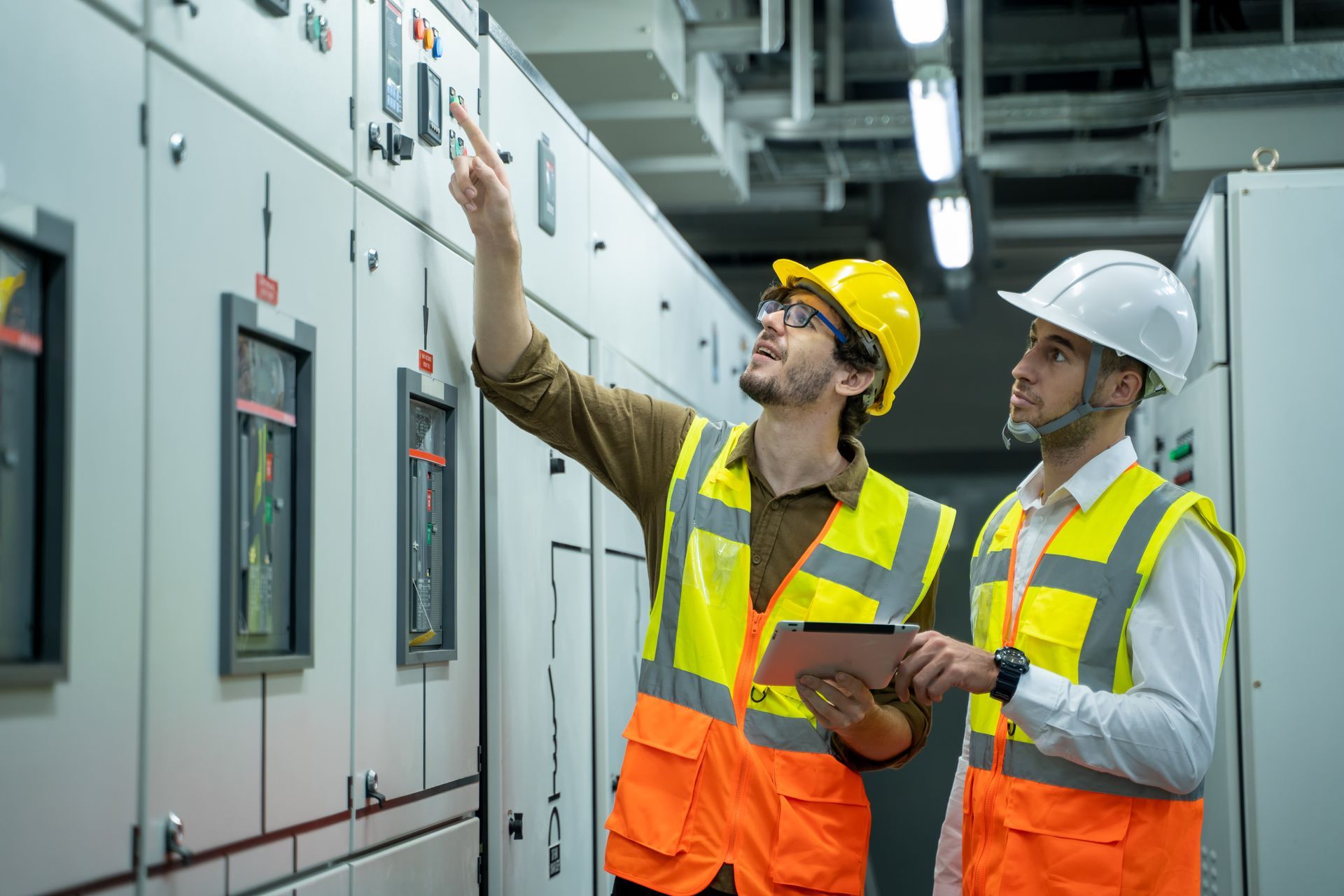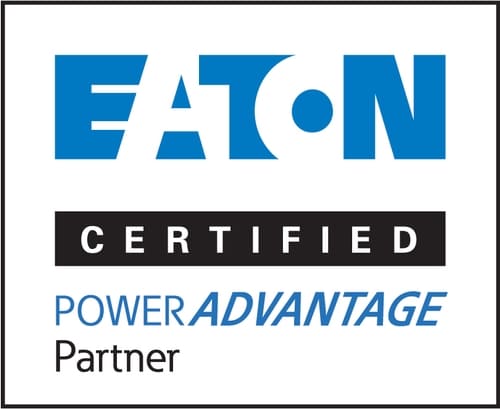The Importance of Surge Protection for Commercial Buildings
6 July 2025
Share this article:
What are Power Surges?
At its core, a power surge is an event that happens when a sudden, overwhelming surge of electricity travels through power lines and into a connected device. The amount of power required to run a device is fairly regulated. If the amount of supplied power were to suddenly exceed that range, significant damage can occur as a result. In some cases, a fire may even break out.
Causes of Power Surges
Power surges can be caused by an unfortunately large list of things, from issues with the wiring in a building to sudden and unpredictable lightning strikes. Power surges are even quite common in the immediate aftermath of a power outage. The power suddenly comes back on and a surge of electricity happens as a direct result.
Impact on Commercial Buildings
At a minimum, a power surge will likely result in some type of disruption to a commercial building. Even if the surge doesn't damage the building's wiring or connected devices, it will still likely take them offline until the issue can be fixed. This could result in costly (and equally unpredictable) repair costs.
There's also the chance that a fire could break out, causing even more significant damage. Oftentimes, connected devices are taken permanently offline. If they cannot be repaired, they'll need to be fully replaced, resulting in even more unexpected downtime for your commercial operations.
How Do You Prevent Power Surges?
At a certain point, you have to acknowledge the fact that power surges are not a matter of "if," but "when." You can't control the weather, so even if you were to painstakingly eliminate every other cause of a power surge, something like a lightning strike could still occur.
Of course, there are steps you can take to help avoid significant problems as much as possible. If a storm is rolling through your area, unplug any and all equipment that you can. If you see that trees are growing near power lines around your building, have them professionally trimmed to avoid a potential problem. Even installing a generator is a good idea, as this can act as a backup power source during an outage to prevent the types of surges that usually happen immediately thereafter.
Because of that, you must shift your attention towards surge protection for commercial buildings in particular. Only then will you be able to mitigate the type of risk that comes along with these types of events moving forward.
Role of Surge Protection for Commercial Buildings
Also commonly referred to as surge protection devices or "SPDs" for short, surge protectors divert any excess electricity away from your sensitive equipment. More often than not, that excess electricity goes into the ground, where it is dissipated safely and without issue.
Types of Surge Protection Systems
There are a few different types of surge protection systems that you can choose from for your commercial building. They include the following:
- Whole building protection. As the name implies, this type of surge protector is designed to work in tandem with the entire electrical system in a commercial building. So not only will it protect subpanels, but also individual circuits as well.
- Point-of-Use systems. This is a slightly more cost-effective solution in that it is intended to protect only specific, particularly sensitive pieces of equipment. You would connect the equipment to the surge protector, and then the surge protector to the electrical system.
Network and data line protection. Here, you're focused on protecting equipment that is connected to either an internal or external network (like the Internet), or some type of data line. This type of system gets installed at the point where the network cabling enters your commercial building.
Type 1 vs Type 2 Surge Protector
The major difference between a Type 1 and a Type 2 surge protector comes by way of the level of protection they offer. To be classified as Type 1, a surge protector must have gone through the lightning test waveform of 10/350us. To meet the requirements of Type 2, that device will need to have a lightning test waveform of 8/20us.
Choosing the Right Surge Protection Solution
Ultimately, there is no "one right way" to choose the right surge protection for commercial buildings. As always, you need to start with exactly what type of protection you need. Your choices become fairly limited at that point.
Are you worried about every last piece of equipment or other electronic device in the building? Whole building surge protection is going to be the most effective way to mitigate that risk. Are there only specific pieces of equipment that, if they were to go offline, would cause significant disruption that you can't afford? Point-of-surge protection is likely the answer.
Always start with your needs and work your way back to the surge protection system that meets them. Don't invest heavily in a system and hope that it meets your requirements.
Choose FGC as your UPS & Voltage Regulator Supplier
At FGC, we understand how important your sensitive equipment is to your continued success as a business. That's why, in addition to a wide range of voltage regulation solutions, we also offer facility asset management software and more - all so that you can rest easy knowing that your needs are being taken care of.
We've been partnering with businesses like yours since 2008. In addition to proudly serving those in the data center market, we've also partnered with organizations in industries as varied as industrial, 3D printing facilities, oil and gas, and more. We always take the time to learn about your business and its unique needs, all so that we can put together the unique solutions required to address any and all concerns that you might have.
If you'd like to find out more information about surge protection for commercial buildings, or if you have any additional questions that you'd like to go over with someone in a bit more detail, please don't delay - contact the team at FGC today.
Connect with Us:


